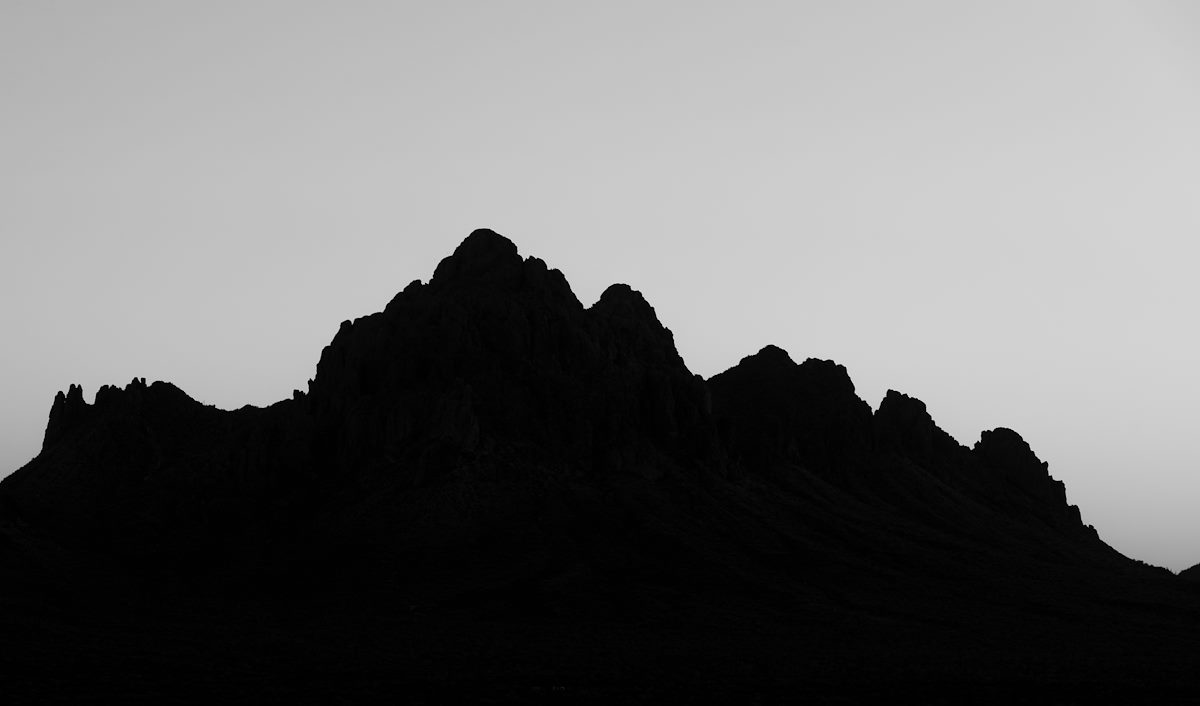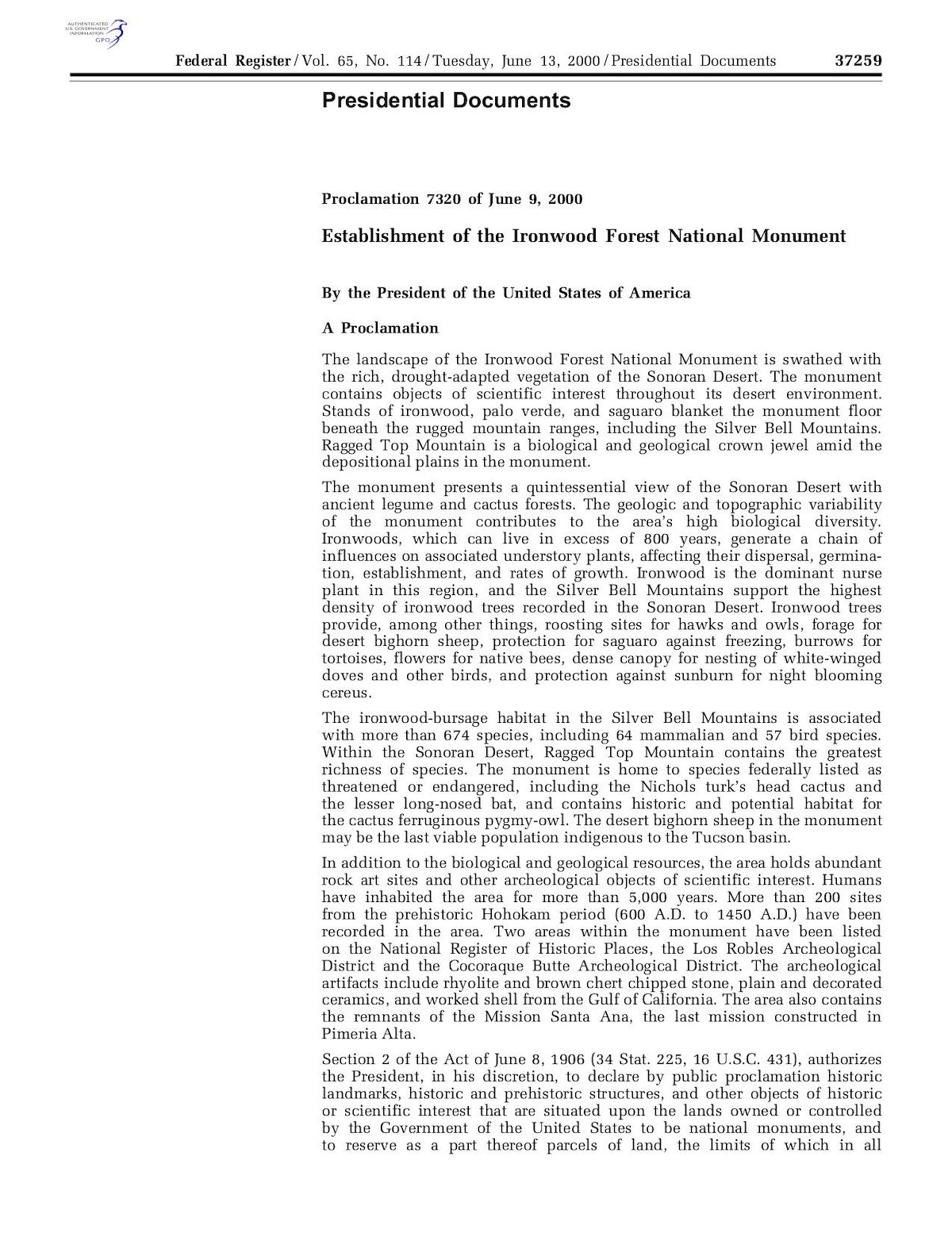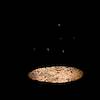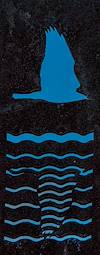
Ragged Top in stark and simple black and white.
We are in the Samaniego Hills for Ironwood's 20th birthday - there are no other revelers in sight, but I know they are here, celebrating in hushed tones, watching the muted sunset light on the desert floor, fading away in the night without a trace.

Ironwood Forest National Monument's creation in stark and simple black and white.
Sandwiched between the Establishment of the Hanford Reach National Monument and the annual Flag Day and National Flag Week Proclamation the Ironwood Forest National Monument Proclamation was signed by President William J. Clinton on June 9, 2000.
At a glance Proclamation 7320 looks like every other bureaucratic masterpiece - dates, official designations, numbers, a not-as-useful-as-you-would-expect map and boiler-plate legalese, something to love only because the Monument it created is so special.
However the appearance of the document hides something special - the first four paragraphs are small, restrained, works of art and precision that spark your imagination if you know the monument. How their glimmer survived what I expect is a rather brutalist editing process into the final official form is beyond imagination. Better than anything I could write the paragraphs are copied in below to celebrate Ironwood's 20th.
Presidential Proclamation 7320 of June 9, 2000 - Establishment of the Ironwood Forest National Monument:
The landscape of the Ironwood Forest National Monument is swathed with the rich, drought-adapted vegetation of the Sonoran Desert. The monument contains objects of scientific interest throughout its desert environment. Stands of ironwood, palo verde, and saguaro blanket the monument floor beneath the rugged mountain ranges, including the Silver Bell Mountains. Ragged Top Mountain is a biological and geological crown jewel amid the depositional plains in the monument.
The monument presents a quintessential view of the Sonoran Desert with ancient legume and cactus forests. The geologic and topographic variability of the monument contributes to the area’s high biological diversity. Ironwoods, which can live in excess of 800 years, generate a chain of influences on associated understory plants, affecting their dispersal, germination, establishment, and rates of growth. Ironwood is the dominant nurse plant in this region, and the Silver Bell Mountains support the highest density of ironwood trees recorded in the Sonoran Desert. Ironwood trees provide, among other things, roosting sites for hawks and owls, forage for desert bighorn sheep, protection for saguaro against freezing, burrows for tortoises, flowers for native bees, dense canopy for nesting of white-winged doves and other birds, and protection against sunburn for night blooming cereus.
The ironwood-bursage habitat in the Silver Bell Mountains is associated with more than 674 species, including 64 mammalian and 57 bird species. Within the Sonoran Desert, Ragged Top Mountain contains the greatest richness of species. The monument is home to species federally listed as threatened or endangered, including the Nichols turk’s head cactus and the lesser long-nosed bat, and contains historic and potential habitat for the cactus ferruginous pygmy-owl. The desert bighorn sheep in the monument may be the last viable population indigenous to the Tucson basin.
In addition to the biological and geological resources, the area holds abundant rock art sites and other archeological objects of scientific interest. Humans have inhabited the area for more than 5,000 years. More than 200 sites from the prehistoric Hohokam period (600 A.D. to 1450 A.D.) have been recorded in the area. Two areas within the monument have been listed on the National Register of Historic Places, the Los Robles Archeological District and the Cocoraque Butte Archeological District. The archeological artifacts include rhyolite and brown chert chipped stone, plain and decorated ceramics, and worked shell from the Gulf of California. The area also contains the remnants of the Mission Santa Ana, the last mission constructed in Pimeria Alta.






